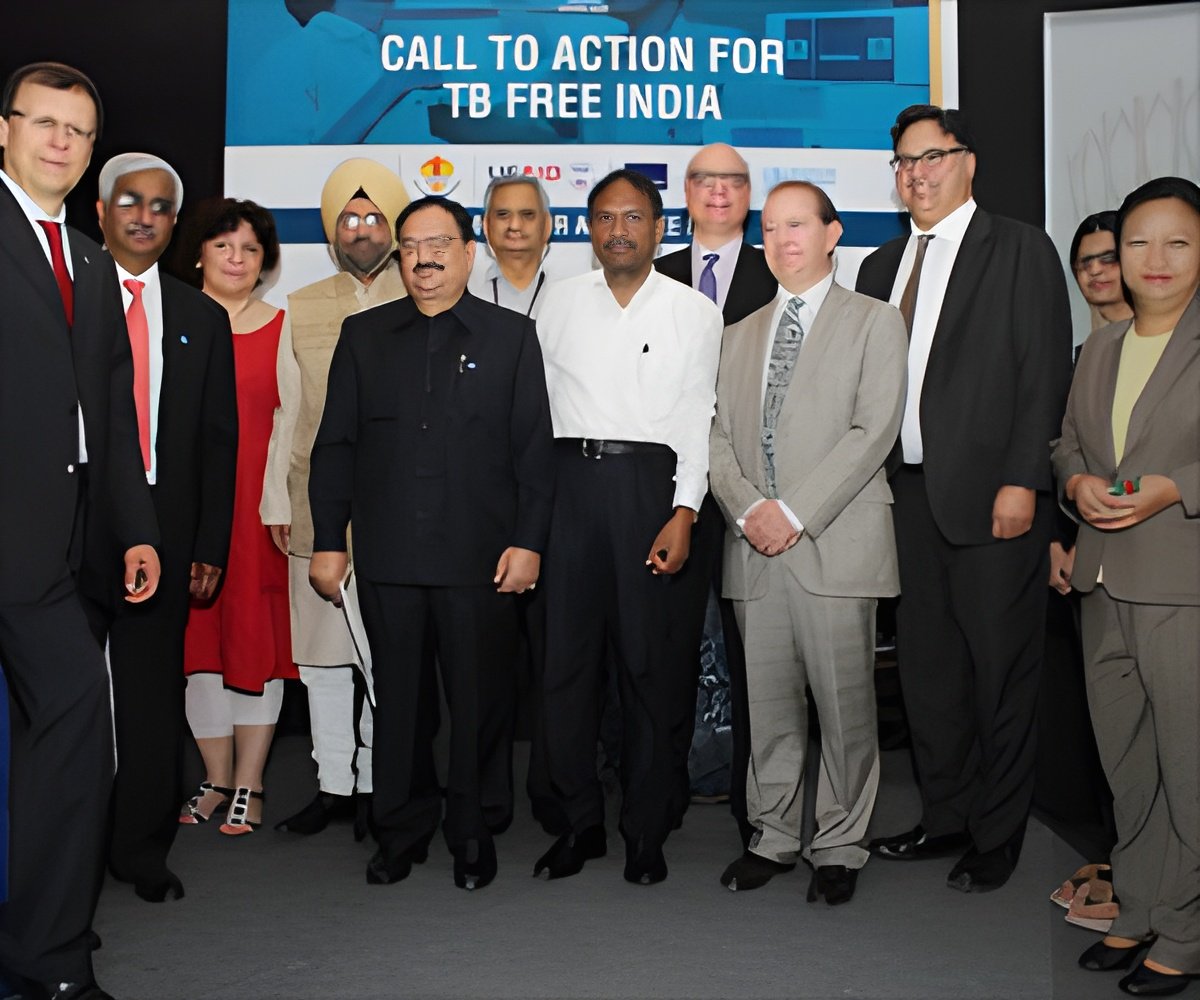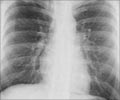The Indian health ministry launched a campaign – ‘Call To Action For A TB Free India’ – to confront the challenge of ending tuberculosis in the country.

He also announced the launch of a Missed Call Campaign, massive media campaign and special strategy for addressing key populations. “We will launch a toll free number soon where people can call for help and guidance. Even a missed call will suffice. Our team will revert and ensure that the person is covered by the program and gets free accurate diagnosis and right treatment for tuberculosis,” added Nadda.
Progress in Fight Against TB
India implemented DOTS — Directly Observed Treatment, Short Course — a WHO strategy that was launched as the Revised National TB Control Programme (RNTCP) in India in 1997.RNTCP provides treatment for more than 1.5 million people annually. The nation-wide program has over 13,000 labs that examined more than 36 million people and detected more than 7.5 million TB patients in the past five years. It screens almost 25,000 people for TB each day and detects, on an average, 3,000 positive cases.
“We have cured almost 20 million TB patients and saved more than 3 million people. But we still have over a million patients who are yet not under our fold,” said Bhanu Pratap Sharma, Secretary, Health Ministry. “Private sector should also ensure that TB cases are diagnosed and treated according to the standards of tuberculosis care and guidelines.”
Since the implementation of RNTCP, services for drug-resistant tuberculosis and TB-HIV collaborative care have been scaled up and made available across the country. More than 70,000 MDR-TB (Multi Drug Resistant TB) patients and 2,000 XDR-TB (Extensively Drug Resistant TB) patients have been put on the standard treatment. NIKSHAY – a real time case based, web-based TB surveillance system has been rolled out, and the first ever and largest national drug resistance survey is already underway in India.
But India’s primary challenge continues to be early diagnoses of tuberculosis. Dr. Jagdish Prasad, Director General of Health Services, said that every single case should be tested for drug resistance at the earliest possible. “This is more cost-effective than testing them later when cases have become extensively drug resistant,” he said.
But It’s A Steep Climb Ahead…
WHO also reported that India tops the list of the world’s ‘missed’ TB cases. Of the 9 million cases of tuberculosis in 2013, only 5.7 million were both detected and notified to national TB programs. They were ‘missed’, either because they were not diagnosed or because they were diagnosed but not reported. This is a major challenge.Nadda, however, has promised to fight these challenges through the following:
- 90% of coverage of BCG vaccine under mission ‘Indradhanush’
- Diagnose all TB cases and refer them to nearest public health center. For this purpose, extensive use of point-of-care diagnostic kits will help
- Treatment completion is satisfactory and will match international cure rates of MDR-TB and XDR-TB
- Research for new drugs and new drug regimens to achieve better regimens in short durations
- Promote indigenous development and manufacture of diagnostic tests under ‘Make In India’ program
Public–Private Partnership to Fight TB
But the fight against TB cannot be an isolated one with the government doing all the work. Anshu Prakash, Joint Secretary, Health Ministry, explained, “Under the RNTCP, we have formed a task force with WHO as its technical partner. USAID has committed $4.6 million funding and International Union Against Tuberculosis and Lung Disease (The Union) will be its secretariat.”India also needs to find ways to increase domestic funding to ensure that the ‘Call to Action for TB Free India’ is well-resourced. “We must mobilize a wide range of stakeholders to demand and sustain high-level of domestic commitment to end tuberculosis in India. We must also tap into the energy and influence of key stakeholders to drive political, administrative, and technical solutions to specific barriers affecting TB control in India,” said Jamhoih Tonsing, Regional Director, The Union.
Source-Medindia










